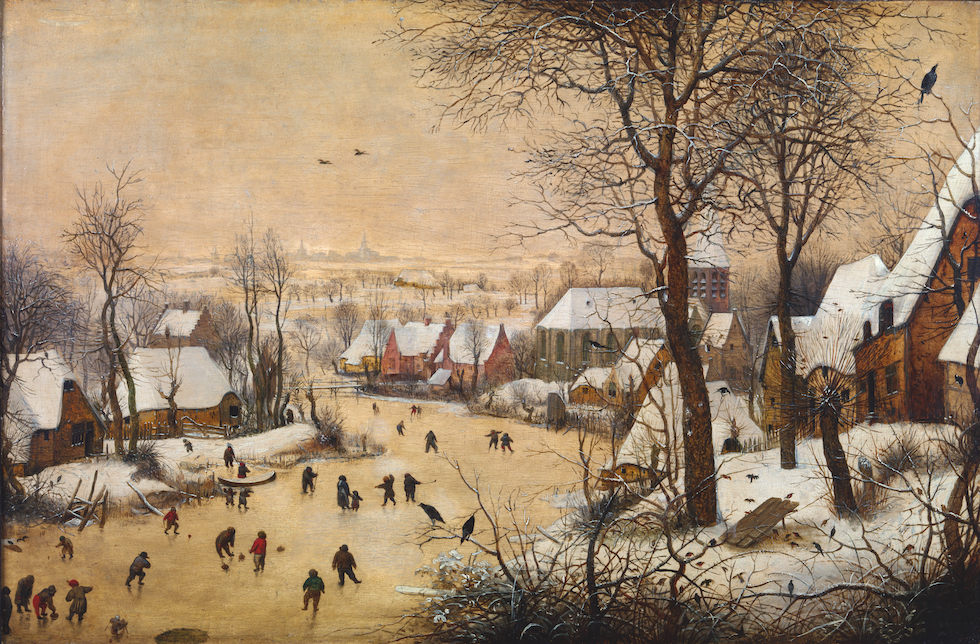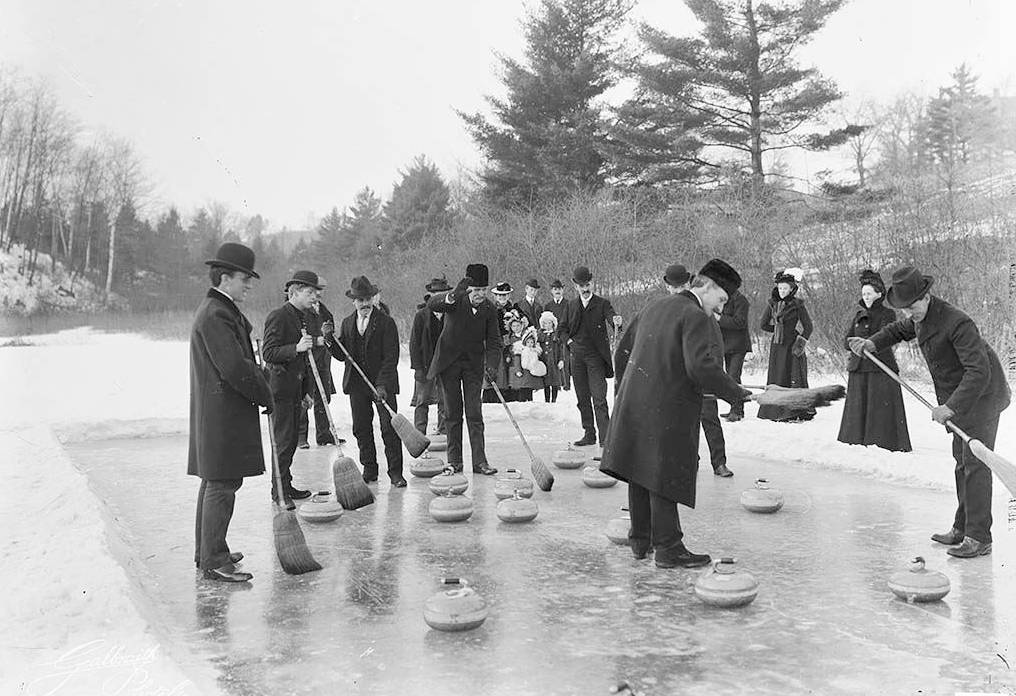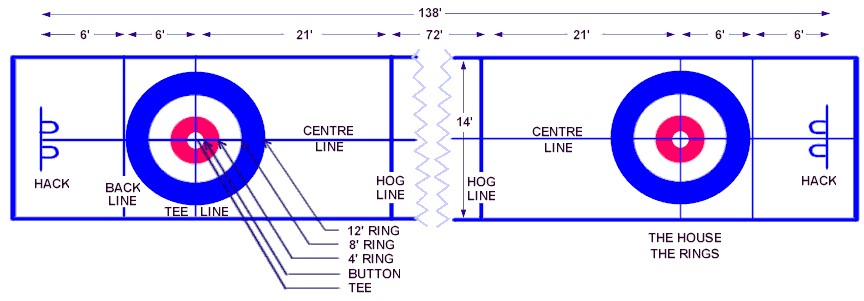The first evidence of curling dates back to the early 16th century in Scotland.
The creation of the first real curling club dates back to 1716, in Scotland.
In 1838 the current model of shape and size of the stone was adopted together with the first official rules for the sport.
Since then, curling has spread to many countries.
In 1966 the International Curling Federation was born, which in 1992 changed its name to World Curling Federation (WCF), based in Perth in Scotland.
In Italy the cradle of this sport was Cortina d’Ampezzo where, after a first and brief appearance in the 1920s, it has been practiced regularly since 1952.
In 1954 curling became part of the disciplines of the Italian Ice Sports Federation (F.I.S.G.).


traditions

Curling is a sport full of traditions and curiosities.
For example, the stones. They all come from a particular type of very resistant and elastic granite from the island of Aisla Craig, off the coast of Scotland. At the moment, after almost five centuries no material has yet been found that can replace it.
An absolutely distinctive element of curling is then the extreme fairness that characterizes it.
Despite being competitive, the rules of curling are based on the honor and respect of the opponent and in most games there are no referees or judges.
WCF itself incorporates the principles of “Spirit of Curling” into its own rules, listing them as a fundamental premise.
"Spirit of Curling"
Curling is a game of skill and of tradition. A shot well executed is a delight to see and it is also a fine thing to observe the time-honoured traditions of curling being applied in the true spirit of the game. Curlers play to win, but never to humble their opponents. A true curler never attempts to distract opponents, nor to prevent them from playing their best, and would prefer to lose rather than to win unfairly.
Curlers never knowingly break a rule of the game, nor disrespect any of its traditions. Should they become aware that this has been done inadvertently, they will be the first to divulge the breach.
While the main object of the game of curling is to determine the relative skill of the players, the spirit of curling demands good sportsmanship, kindly feeling and honourable conduct.
This spirit should influence both the interpretation and the application of the rules of the game and also the conduct of all participants on and off the ice.
rules
Curling is practiced on an ice rink of the dimensions shown in the figure below (measurements are expressed in feet: 1 foot corresponds to 30.48 cm):


In addition to rinks dedicated only to curling, also classic skating or hockey rinks of sufficient length are suitable for playing. For the occasion, proper lines are drawn and hacks are fixed. In standard sized arenas 4 to 6 rinks can be drawn for curling.
Game is played in 4 players, who during the match cover all the roles.
The aim of the game is to slide the stones on the ice, which must land between the hog line (the line drawn at about three quarters of the field) and the back line (behind the rings).
The stone is burned if:
– does not completely pass (o exceed) the hog line;
– completely crosses the back line;
– touches one of the two lateral lines;
– it is released after the hog line in the part of the field from which launches are being made
– it is touched along its line and when it’s in play.
For the purpose of crossing the line, the projection of the stone on the ice is considered. So the stone must pass the line entirely, including the sides.
 Points are counted at the conclusion of each end, which is completed when both teams have thrown all of their 8 stones. Only stones that are in the house are considered in the scoring: a stone is in the house if it lies within the largest circle zone or any portion or projection of its edge lies over the edge of the ring. The team with the stone closest to the button wins that end; the winning team is then awarded one point for each of its own stones lying closer to the button than the opponent’s closest stone.
Points are counted at the conclusion of each end, which is completed when both teams have thrown all of their 8 stones. Only stones that are in the house are considered in the scoring: a stone is in the house if it lies within the largest circle zone or any portion or projection of its edge lies over the edge of the ring. The team with the stone closest to the button wins that end; the winning team is then awarded one point for each of its own stones lying closer to the button than the opponent’s closest stone.
A game lasts between 8 and 10 ends, based on the type of competition, and the team who scores the most points wins. At the Olympics and International competitions, matches always last 10 ends, but in many national leagues or minor tournaments 8 hands are played. Some tournaments may also have shorter durations for time or organizational reasons. However, there is almost always a time limit, after which only the current end ends.
In case of a tie, an extra end is played to define the winner; in amateur tournaments, even a tie, for organizational needs, is sometimes contemplated. These brief regulatory notions are already enough to understand the game and to follow one or play it!
